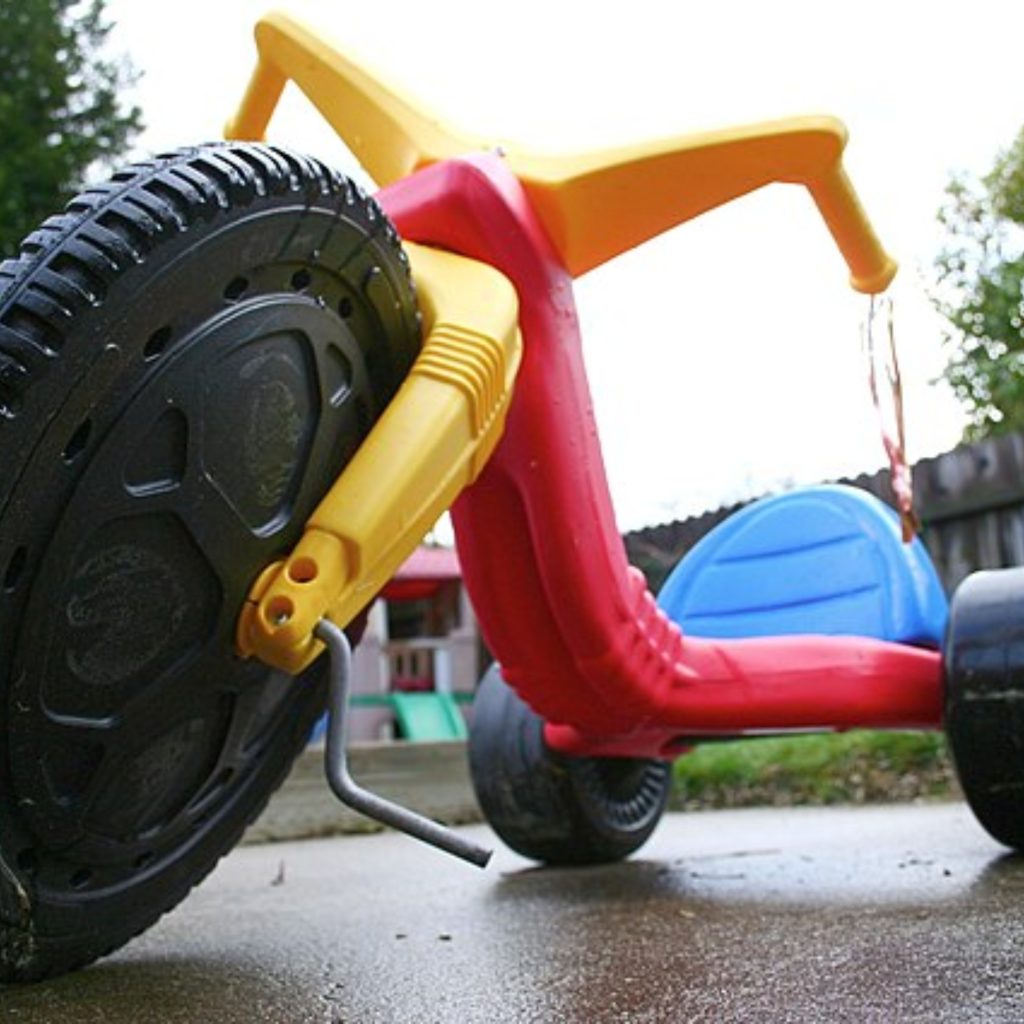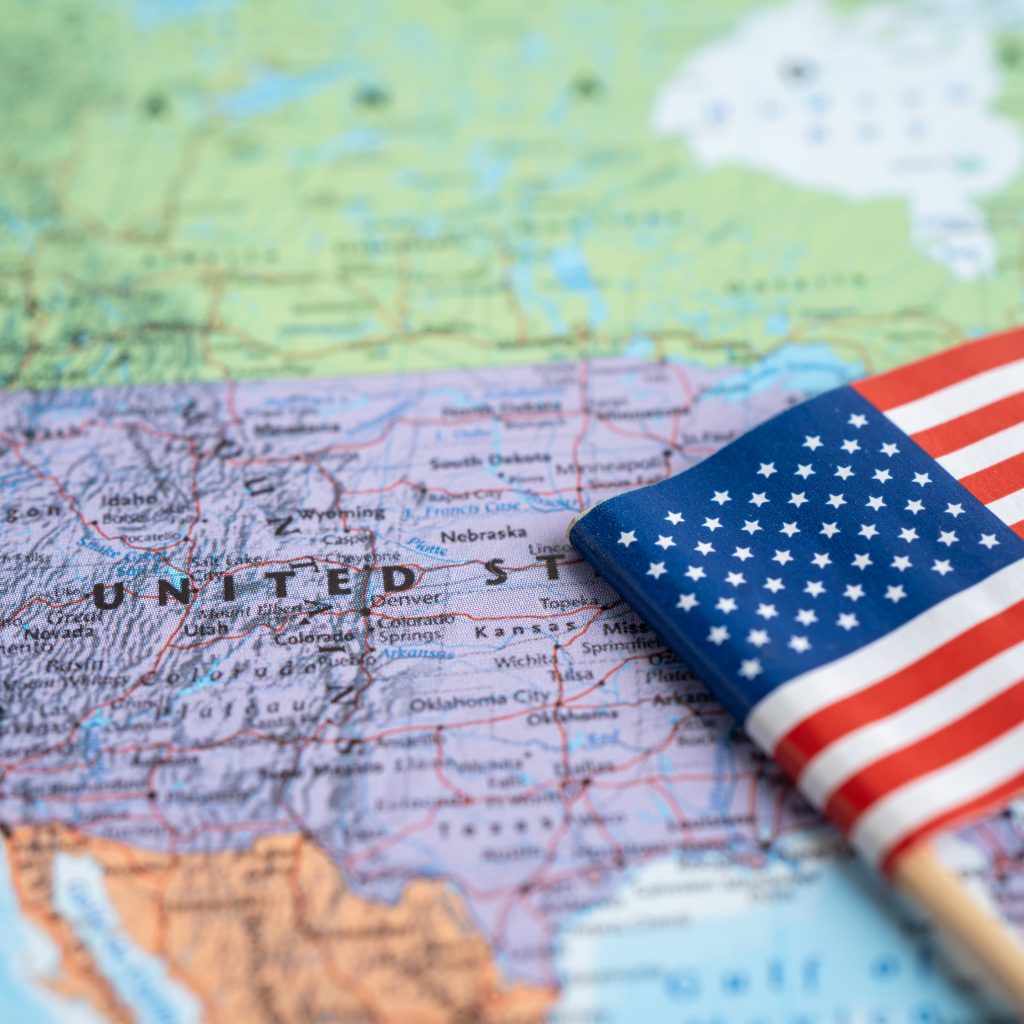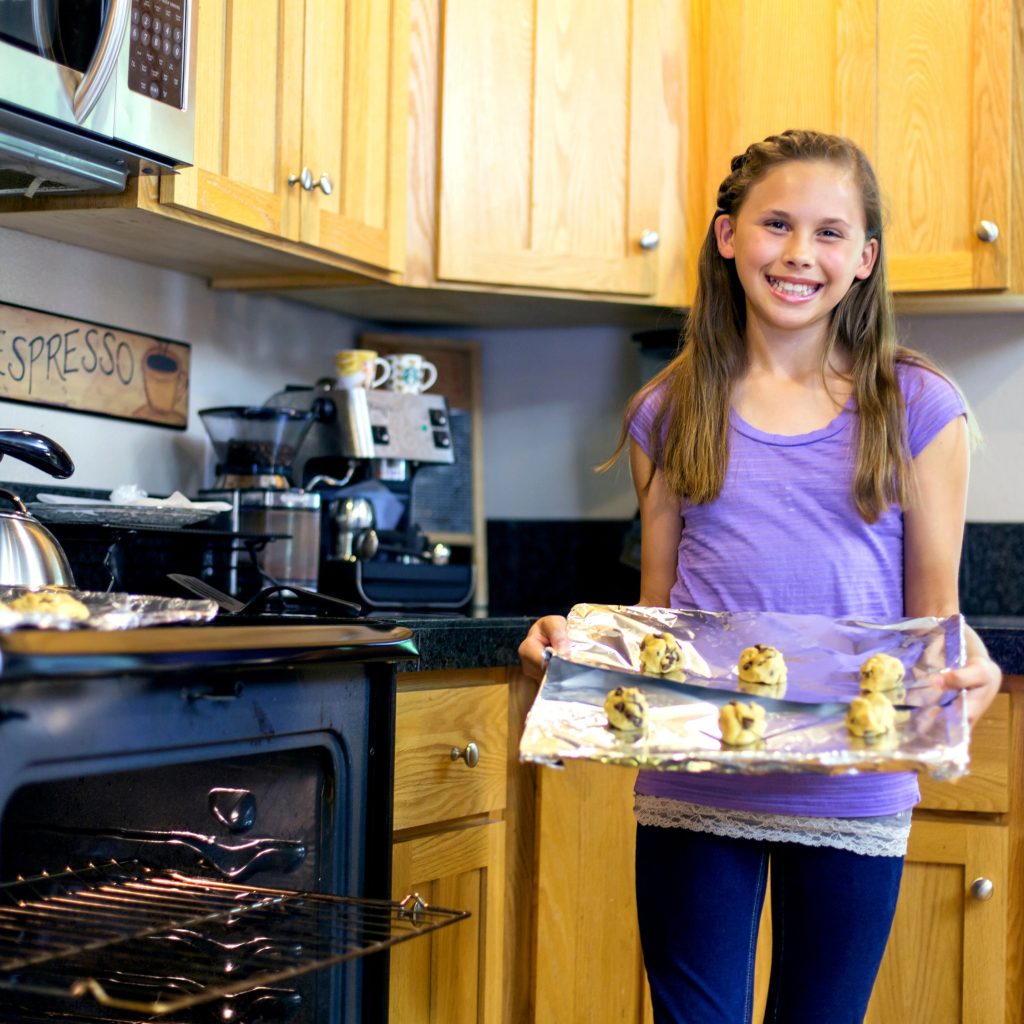In the 1970s, the toy industry witnessed a revolution, introducing a plethora of innovative and imaginative toys that captured the hearts and minds of children worldwide. This decade, characterized by its vibrant creativity and cultural shifts, gave rise to an array of iconic playthings that not only entertained but also shaped the childhoods of countless individuals. From groundbreaking electronic games to beloved action figures, these toys became cultural phenomena, leaving an indelible mark on an entire generation. As we take a nostalgic trip down memory lane, we’ll explore ten iconic toys from that era, each one evoking fond memories and a sense of wonder that still resonates today. Whether you were a child of the ’70s or simply an admirer of vintage treasures, these timeless toys offer a glimpse into a bygone era of endless imagination and joy.
1. Stretch Armstrong
Stretch Armstrong was the epitome of cool in the 70s. This gel-filled action figure could be stretched, pulled, and twisted in all sorts of ways, providing endless entertainment. With his muscular physique and stretchy limbs, he became a favorite among kids who loved to see how far they could stretch him without breaking.
2. Pet Rock
The Pet Rock craze swept the nation in the mid-70s, proving that sometimes the simplest ideas are the most successful. Each Pet Rock came in a cardboard box complete with breathing holes and a tongue-in-cheek instruction manual. Despite its simplicity, the Pet Rock became a cultural phenomenon, showcasing the power of clever marketing and whimsical novelty.
3. Lite-Brite
Lite-Brite illuminated countless childhoods in the 70s with its magical combination of art and technology. Children could create colorful designs by placing translucent pegs into a backlit board, resulting in mesmerizing light-up creations. It fostered creativity and imagination, allowing kids to express themselves in a unique and visually stunning way.
4. Evel Knievel Stunt Cycle
The Evel Knievel Stunt Cycle allowed kids to recreate the daredevil feats of the legendary motorcycle stuntman. With a wind-up launcher, kids could send Evel Knievel soaring through the air, performing death-defying jumps and stunts. It captured the excitement and thrill of Evel Knievel’s real-life performances, inspiring a generation of aspiring stunt performers.
5. Simon
Simon was the brainchild of Ralph Baer and Howard J. Morrison, offering a futuristic twist on the classic memory game. With its four colored buttons and electronic sounds, Simon challenged players to repeat increasingly complex sequences of lights and sounds. It was not only a test of memory but also of concentration and reflexes, providing hours of addictive gameplay.
6. Shrinky Dinks
Shrinky Dinks allowed children to unleash their creativity by shrinking plastic sheets into miniature works of art. Kids could color pre-printed designs or create their own masterpieces before watching them shrink in the oven. The magic of seeing their creations shrink and harden into durable plastic charms or ornaments was truly captivating.
7. Big Wheel
The Big Wheel was the ultimate ride-on toy for kids in the 70s, offering a low-riding, trike-style design that provided both speed and stability. With its oversized front wheel and adjustable seat, kids could race around the neighborhood with ease, feeling like kings and queens of the sidewalk. Its iconic design and durability made it a staple of childhood play for generations.
8. Rubik’s Cube
Rubik’s Cube took the world by storm in the late 70s, challenging puzzle enthusiasts with its deceptively simple yet fiendishly difficult design. The goal of aligning each side of the cube with a single color seemed straightforward enough, but the combination of twists and turns required to solve it proved to be a formidable mental challenge. Despite its difficulty, millions of people became obsessed with solving the Rubik’s Cube, turning it into a cultural icon.
9. Weebles
Weebles wobbled but they didn’t fall down, captivating children with their quirky and resilient design. Shaped like eggs with weighted bottoms, Weebles could wobble and rock without ever tipping over, providing endless amusement. With their cheerful faces and bright colors, Weebles became beloved playmates for kids across the globe.
10. Hot Wheels
Hot Wheels revolutionized the toy car industry in the 70s with its sleek designs and innovative features. These die-cast metal cars offered unparalleled speed and performance, racing down tracks and performing gravity-defying stunts. With a vast array of models to collect and customize, Hot Wheels fueled the imaginations of children and sparked a lifelong passion for cars and racing.
Toys of the 70’s
The toys of the 70s were more than just playthings—they were gateways to adventure, creativity, and endless hours of fun. Whether it was stretching Stretch Armstrong, solving Rubik’s Cube, or racing Hot Wheels, these toys left an indelible mark on the memories of those who grew up with them. As we look back on these iconic toys, let’s celebrate the joy and wonder they brought into our lives.
Click on the links to explore modern twists on these classic toys and relive the magic of the 70s!

Ashleigh Clyde is a dedicated youth advocate, journalist, and researcher. Passionate about shedding light on important issues, such as financial literacy and marketing tactics. She has extensive experience in entertainment journalism.







































































































































